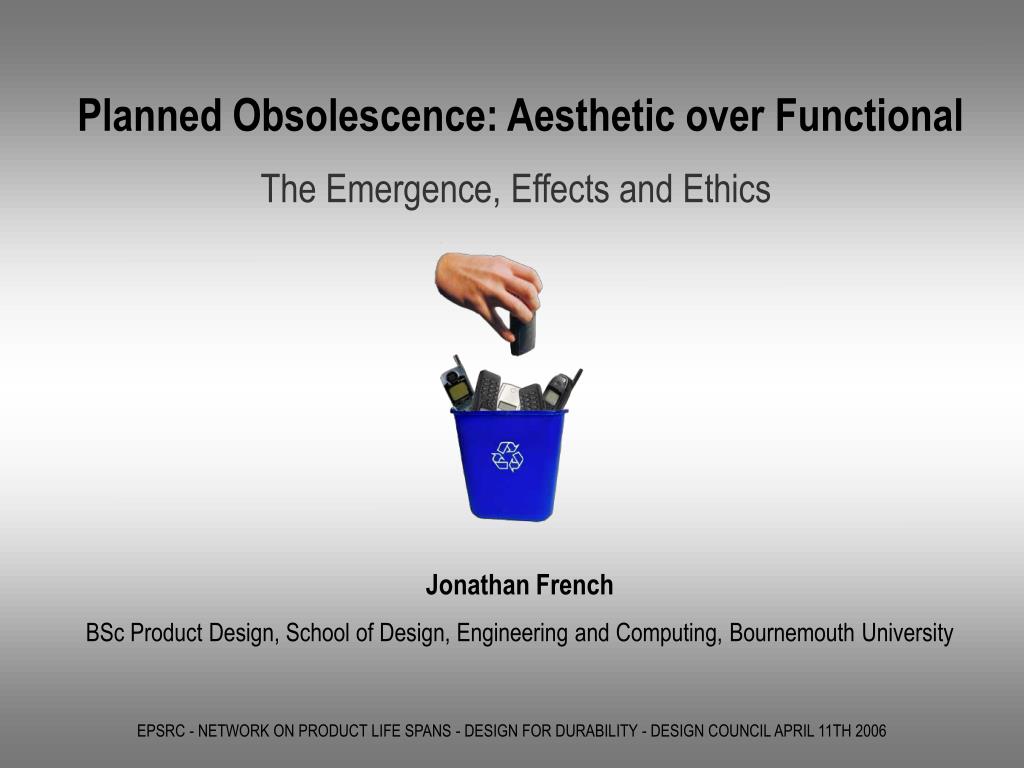
Deals still exist in those markets but you will need to be well funded to participate when “fixer-uppers” cost millions to buy. This may still be a good deal provided the property is located in a truly desirable location where we can reasonably predict rapid escalation of property values but for most buyers, you are already priced out of those markets, i.e., Manhattan, San Francisco Bay area, beach property, etc. Once the home is completely upgraded to address structural, plumbing, site conditions, etc., the ownership cost may actually be twice the cost of new construction. Today we are seeing older homes with minimal upgrades selling for “new” value. The problem we encounter today is the premise that “any home” is worth the same price per square foot. In other words, the value of a distressed/aged home may be in the land whereas the value in a new home is in the home itself (although lot prices in popular new communities are quite high). While a new home in a new community may be assessed at $140/sf (or more), these distressed homes may be assessed at $60/sf (or less). Communities in decline (socially or economically) lose value and this is also reflected in the property assessment based on the average sales price of homes in the community. They recognize a structure loses value over time as it ages. Building inspectors like to call this, “lipstick on a pig”.Ĭounty Property Appraiser’s assign an obsolescence factor to buildings for tax purposes. Savvy investors know people want to buy close-in and they also know curb appeal along with updated kitchens sell houses! Rarely do we find these flippers have repaired/updated the really important components like foundations, windows, insulation (beyond a little blown-in in the attic), trees and other site conditions. Often these homes have had some level of rehabilitation such as redesigned kitchens/baths, roof replacements, HVAC replacements, new paint and updated flooring, a/k/a, a flip house.


The trend in buying urban homes in older communities is popular. Economic obsolescence refers to a decline in value due to external factors which are not economically feasible to change such as adverse location, traffic, social or cultural changes or proximity to nuisance properties. Functional obsolescence refers to a decline in value due to architectural design, building style, size, local economic conditions and outdated technology in other words, the building has lost value due to it being “outdated”. In commercial real estate we refer to physical obsolescence as the decline in a property’s valuation due to physical depreciation or gross mismanagement. Obsolescence can be physical, functional or economic based.
#Functional obsolescence update#
Many homebuyers fail to recognize the need to update or replace these critical components when buying homes. As materials or components age, they fail. All building components and materials undergo obsolescence.


 0 kommentar(er)
0 kommentar(er)
